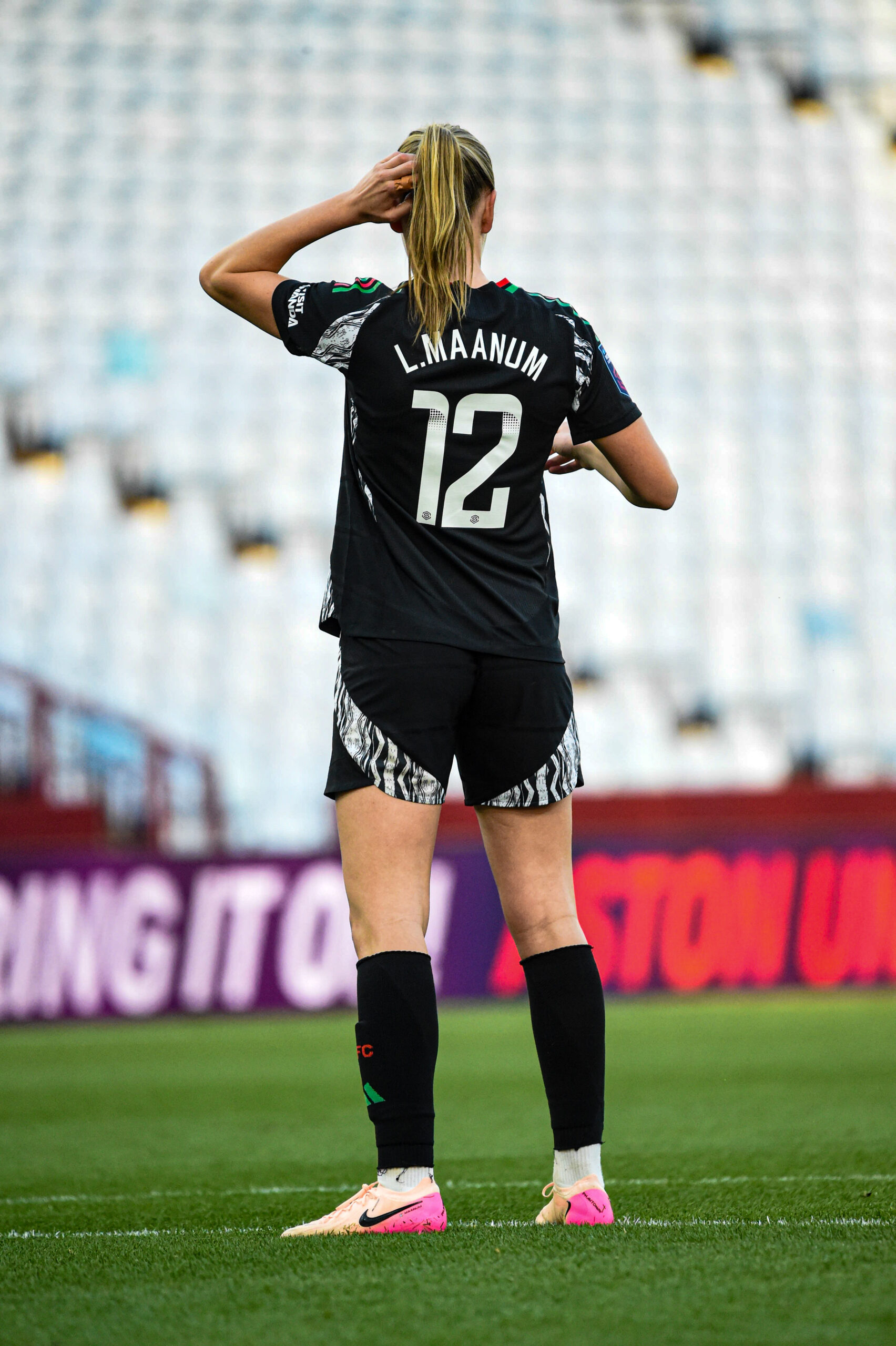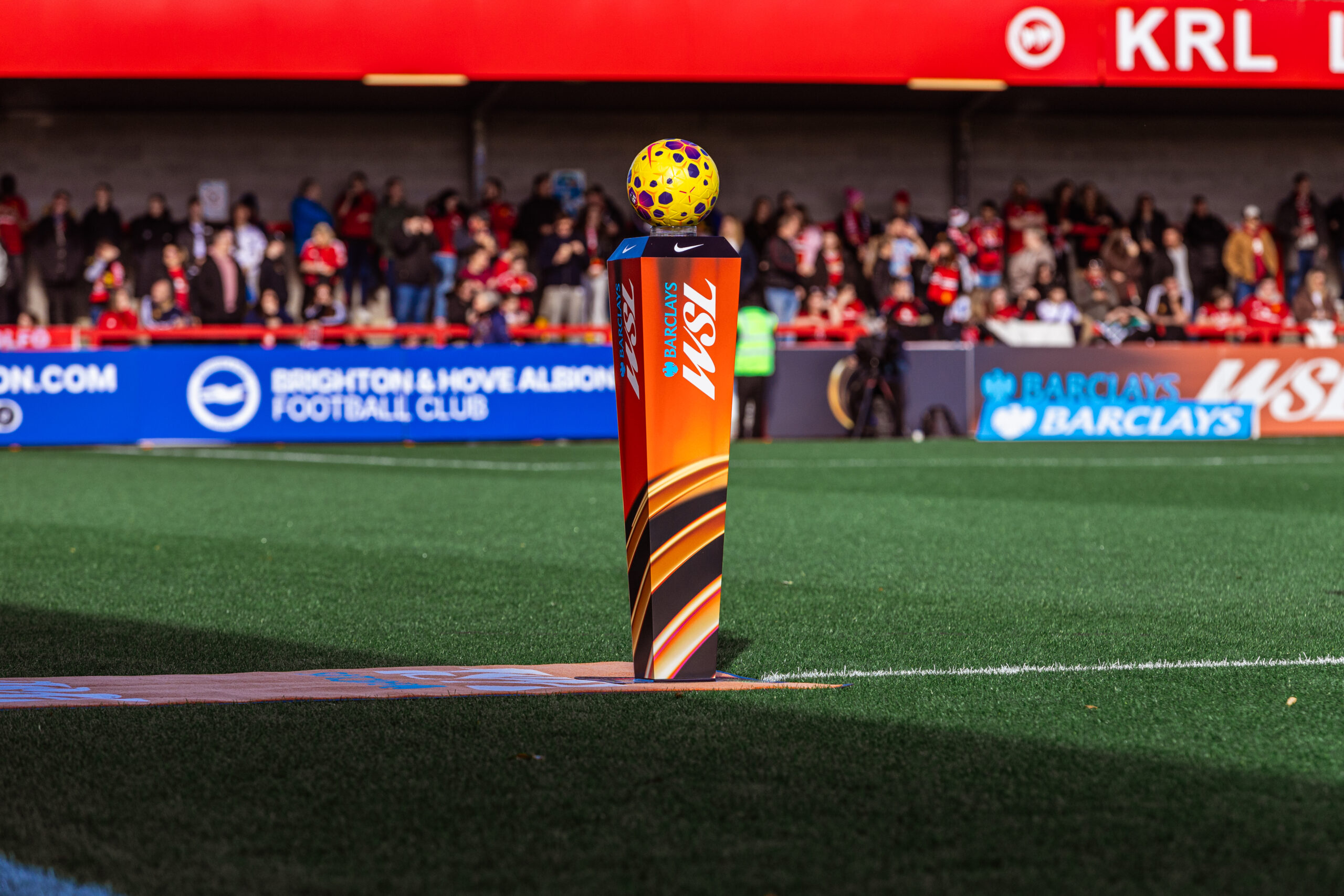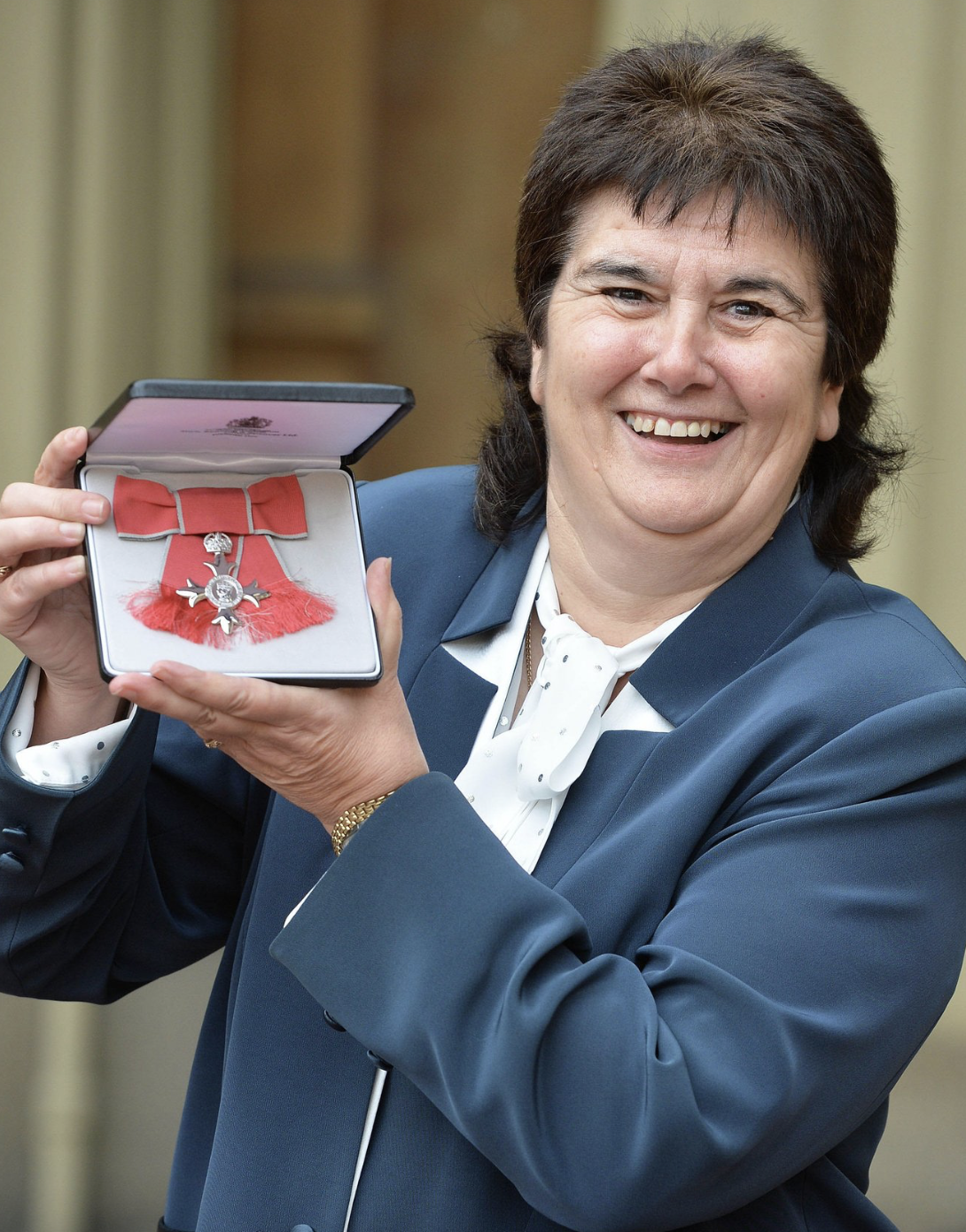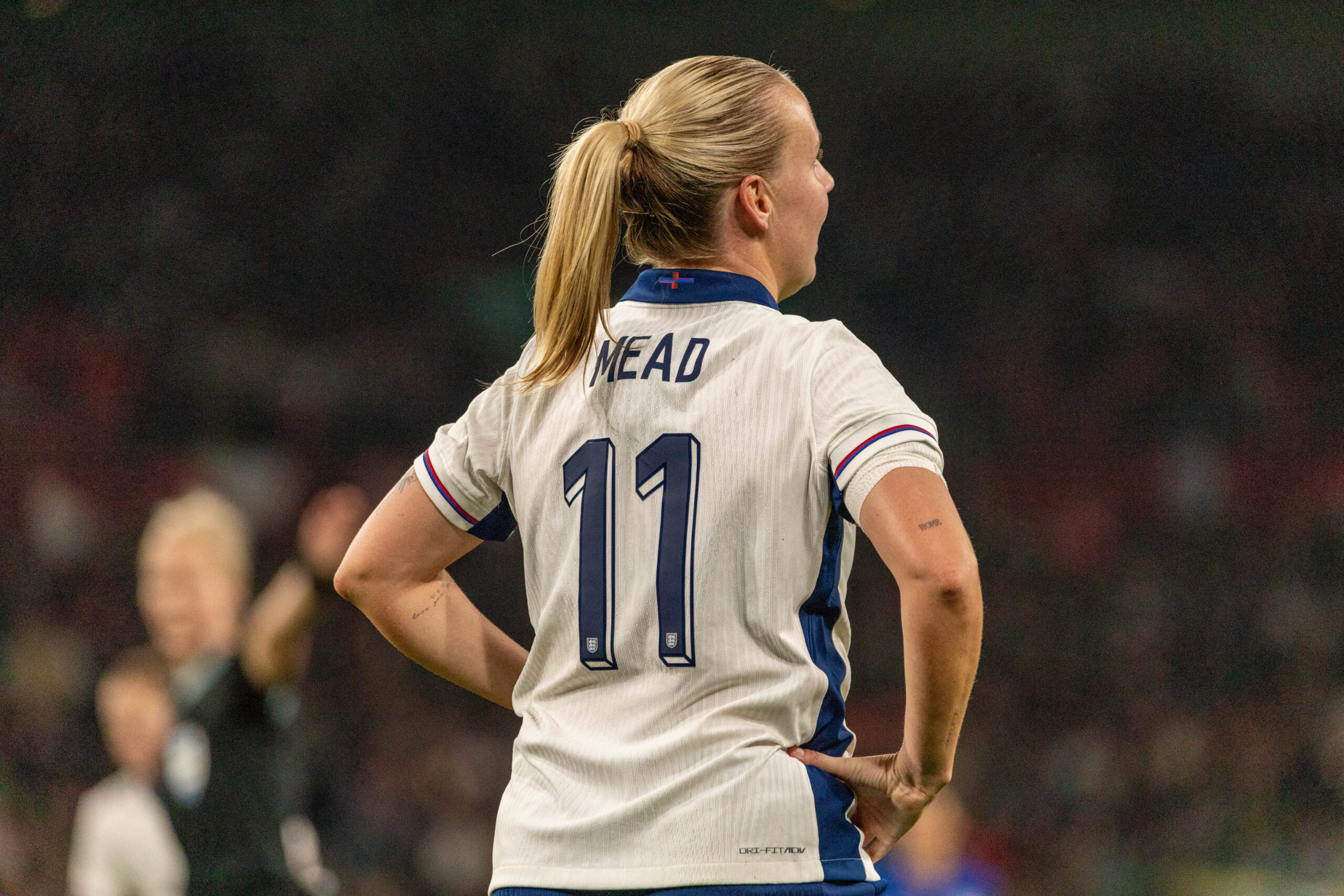Kvinnelandslaget played their first ever game in 1978 and since then have participated in nine World Cups, twelve Euros, and three Olympic games. They have won the Euros twice, the World Cup, and the Olympics, as well as an “unofficial” World Cup in 1988. At one point, Norway were even considered one of the best national teams in the world, and were ranked as number two in FIFA’s world ranking.
Norway have enjoyed significant success in international tournaments in the past, with several strong showings in the Euros. However, since their loss in the 2013 final, the team has been on a steady decline, struggling to recapture their former glory.
Norway women’s national team has faced a turbulent decade on the international stage. They were eliminated in the Round of 16 at the 2015 World Cup, followed by a disappointing performance at the 2017 European Championship, where they exited in the group stage without earning a single point or scoring a goal. A slight resurgence came in the 2019 World Cup, where they reached the quarter-finals. However, the 2022 Euros marked another low point, as they were once again knocked out in the group stage, suffering a humiliating 8–0 defeat to England – the heaviest loss in the team’s history. Most recently, in the 2023 World Cup, Norway exited in the Round of 16 amid significant internal turmoil, with reports of controversy and disagreement within the squad casting a shadow over their campaign.
Although Norway have experienced a series of disappointing performances in recent years, this cannot be attributed to a lack of individual talent. The national team features several world-class players, including Caroline Graham Hansen, Ada Hegerberg, Frida Maanum, and Guro Reiten. However, when representing their country, these players often struggle to replicate the high-level performances they consistently deliver at their respective clubs. While a lot of it is due to management and poor tactical decisions made in recent years, it can’t be denied that the players haven’t shown their full potential.
These issues remain evident under new head coach Gemma Grainger. While Grainger has made significant strides in improving the team’s strategic approach and overall stability, Norway still struggles with cohesion on the pitch, a weakness that was particularly apparent during the group stage matches.
While Norway delivered a solid performance against Iceland, despite a chaotic final 15 minutes, their overall showing in the group stage left much to be desired. Although they finished with 9 points, their dominance was questionable. In fact, some would argue they were fortunate, benefiting from own goals by both Switzerland and Finland. Norwegian commentators even joked that “own goals” were the team’s top scorer. Throughout the group stage, the players often appeared a step behind on runs, with disjointed build-up play, frequent miscommunication, and a slew of poor passes. It was, ultimately, a disorganised campaign that Norway managed to emerge from on top, if only just.
Although Norway were thrilled to reach the quarter-finals, they were fully aware that Italy would present a formidable challenge, and that proved true. Italy dominated the first half, creating the most significant chances, and took the lead early in the second half, putting Norway under serious pressure. Shortly after conceding, Norway were awarded a penalty. Ada Hegerberg stepped up to take it, but just as she had against Switzerland earlier in the tournament, she missed the target, sending a golden opportunity to equalise wide of the goal. Fortunately, Norway responded quickly. Maren Mjelde delivered a perfectly weighted through ball to Hegerberg, who made no mistake with her second chance, calmly slotting home the equaliser. The goal sparked renewed energy in the Norwegian side. They began to dominate possession, recovered the ball quickly, and played with confidence and purpose.
However, despite their resurgence, it wasn’t enough. Late in the match, Italy capitalised on a free-kick opportunity, scoring what would be the winning goal. The game ended 2–1 in Italy’s favour, bringing Norway’s campaign to a close.
So why do Norway continue to fall short in major tournaments, despite having the talent and potential to compete at the highest level? While managerial instability has undoubtedly played a role, creating internal discord and inconsistency, there are deeper, structural issues at play.
One key problem is Norway’s struggle to keep pace with the rapid technical evolution of the modern game. The team often appears outdated in its style of play, lacking the tactical sophistication seen in top-performing nations. Compounding this is a historical lack of investment in professionalising the domestic league, which has hindered the development of homegrown talent.
As other countries poured resources into their women’s programmes, enhancing infrastructure, developing elite youth pathways, and elevating the standard of their leagues, Norway lagged behind. This allowed other nations not just to catch up, but to surpass them in both quality and competitiveness. Until Norway address these systemic shortcomings, even the most promising squads will continue to underperform on the world stage.
The current Norway team is a far cry from the dominant sides that won the Euros and World Cup in the 1990s. Despite having some of the world’s top players, Norway now struggle just to advance from the group stages. Without meaningful change, this pattern is likely to persist, and a return to the nation’s former glory may remain out of reach.



